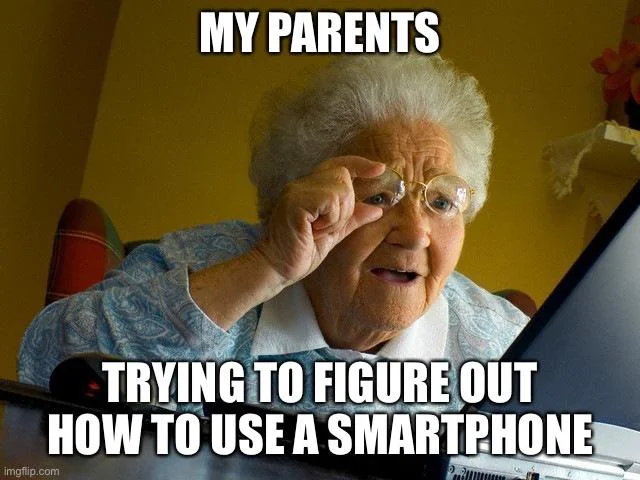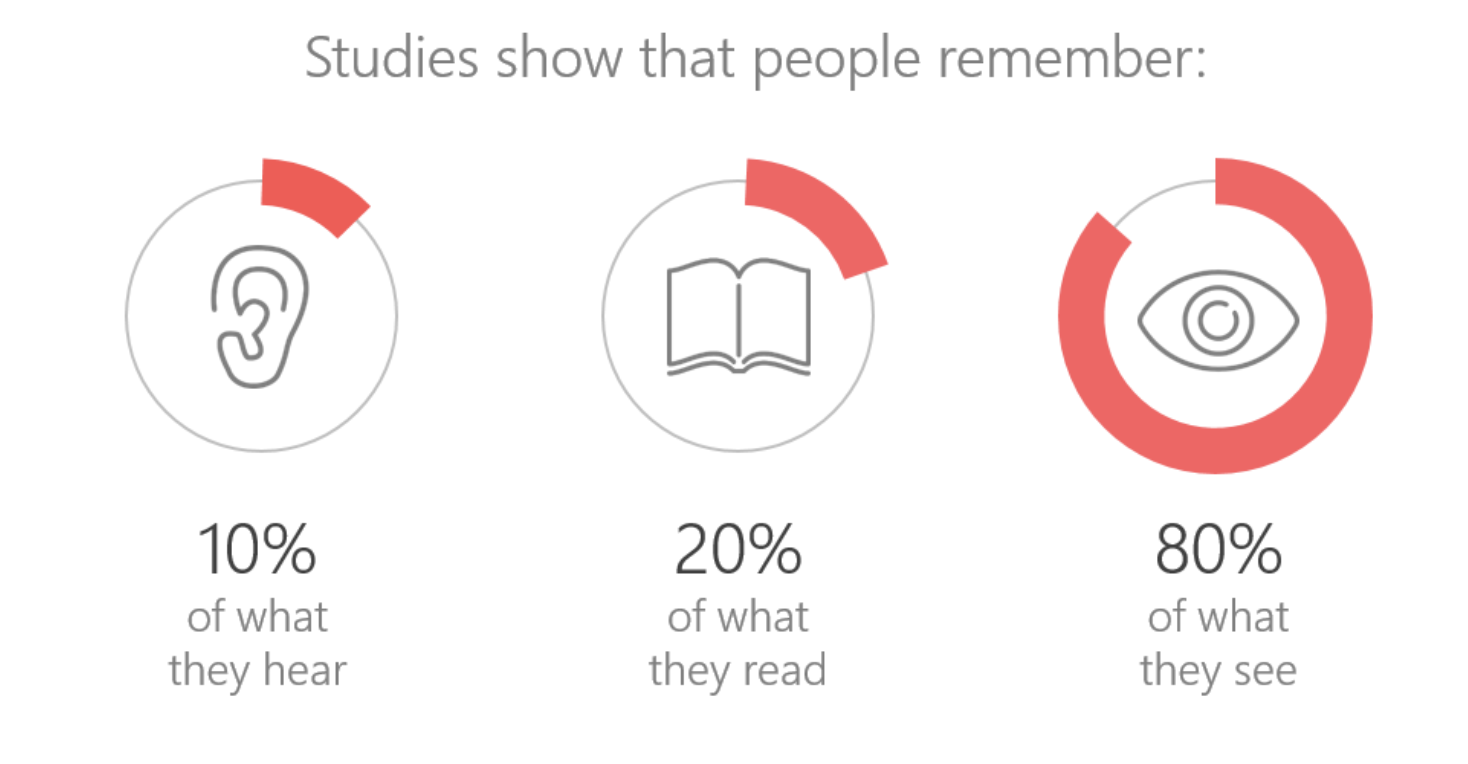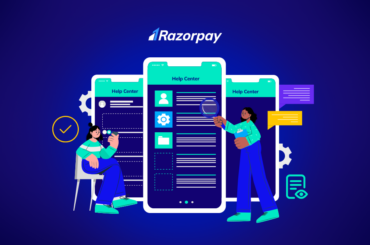Once, on a busy Monday morning, I received a call from my father, a septuagenarian, in a state of panic. A panic call from a septuagenarian isn’t exactly pleasant, with my mind racing to think what triggered this kind of emergency. Turned out that my father was not able to download a video on WhatsApp!
 That sounds familiar, doesn’t it? Haha! Most of us have come across a parent, an aunt, an uncle, or a grandparent struggling to use mobile phones or tablets. And bring the whole house down if not attended to immediately…!
That sounds familiar, doesn’t it? Haha! Most of us have come across a parent, an aunt, an uncle, or a grandparent struggling to use mobile phones or tablets. And bring the whole house down if not attended to immediately…!
In a world increasingly driven by technology and innovation, the need for effective communication between technical experts and non-technical users has become more critical than ever before. Computers, mobiles, tablets and various other gadgets have become an inseparable part of our lives. As we march ahead in this journey, how do we ensure we don’t leave the “digitally-novice” people behind?
This is where the art of technical writing for a non-technical audience comes into play. Imagine trying to explain complex concepts, intricate processes, or sophisticated products to someone who lacks a background in the subject matter – it’s like building a bridge between two distant islands.
This blog explores the nuances of technical writing for a non-technical audience, highlighting the strategies and best practices that can help bridge the knowledge gap and create a seamless connection.
Understanding the Audience
At the core of successful technical writing for non-technical readers lies a deep understanding of the target audience. This audience may range from consumers using software applications just as end-users who need not delve into the intricacies of the application to stakeholders who require an overview of technical projects. The first step is to comprehend their knowledge level, familiarity with the subject, and their intent to seek information. Tailoring your writing to address their needs ensures that the content serves your audience.
Simplify without Underestimating
The next challenge is to simplify complex information without underestimating the readers’ intelligence. Striking the right balance is crucial. Avoid overwhelming them with intricate technical jargon, acronyms, and complex language. Instead, use simple language to explain technical terms by breaking down tricky processes into easily digestible steps. Analogies and metaphors can work wonders in translating abstract concepts into relatable ones, especially for users who do not understand the intricacies of technology. For example, if you are describing how cloud computing works to a novice, you might compare it to renting a storage unit where you can access your belongings from anywhere rather than diving into the mishmash of virtualisation and data centres. Keep it that simple!
Structured and Scannable Content
Non-technical readers often skim through content to find the information they need quickly. This emphasises the importance of structured and scannable content. Utilise headings, subheadings, bullet points, and numbered lists to organise your content. This not only makes it easier for readers to locate specific information but also enhances the overall readability of your piece.
Contextual Examples
Providing real-world examples that readers can relate to can significantly enhance their understanding. These examples serve as bridges between the technical and non-technical worlds. When explaining a technical concept, illustrate it with a scenario that the reader might encounter in their daily life. For instance, when discussing data encryption, you could use the analogy of sending a secret message in a locked box to convey the idea of securing data.
User-Centric Approach
Always keep the user experience at the forefront of your writing. Anticipate their questions and concerns and address them preemptively. Consider the typical questions that a non-technical user might have and include those answers in your content. FAQs are a great way of presenting information to such users. When writing user manuals or guides, focus on solving problems and helping users achieve their goals.
Iterative Feedback
Before finalizing your content, seek feedback from individuals who match your target audience profile. This could be friends, family, or colleagues who lack technical expertise. Their insights can help you identify areas where the content might still be confusing or where technical language has unintentionally crept in.
Tools and Readability
Several tools can assist in creating user-friendly technical content. Also, there are readability tools such as WebFX that can analyse the complexity of your writing and suggest improvements to ensure that it remains accessible to your non-technical readers.
Visual Aids
Visual Aids are one of the most constructive ways of presenting information to readers. Sample this: Goes without saying, visuals can help convey information to your readers in a much more effective manner than big blocks of text. They can be used to simplify information, and can help cut out huge chunks of text. You can use static images or dynamic illustrations depending on what you want to convey to the reader. Images also can be designed in such a way that you draw your reader’s attention to the most important content. You can read this blog on Visual Aids in Technical Writing for deeper insights into the topic.
Goes without saying, visuals can help convey information to your readers in a much more effective manner than big blocks of text. They can be used to simplify information, and can help cut out huge chunks of text. You can use static images or dynamic illustrations depending on what you want to convey to the reader. Images also can be designed in such a way that you draw your reader’s attention to the most important content. You can read this blog on Visual Aids in Technical Writing for deeper insights into the topic.
Conclusion
Technical writing for a non-technical audience is like walking on a thin rope, balancing between simplification and accuracy. It involves taking intricate ideas and transforming them into clear, relatable, and actionable content. By understanding your audience, employing clear language, utilising visuals, and incorporating relatable examples, you can build a bridge of understanding that connects the technical realm with the non-technical world.
As technology continues to shape our lives, mastering this skill is bound to become even more critical, ultimately shaping how we exchange information, educate, and empower others.





